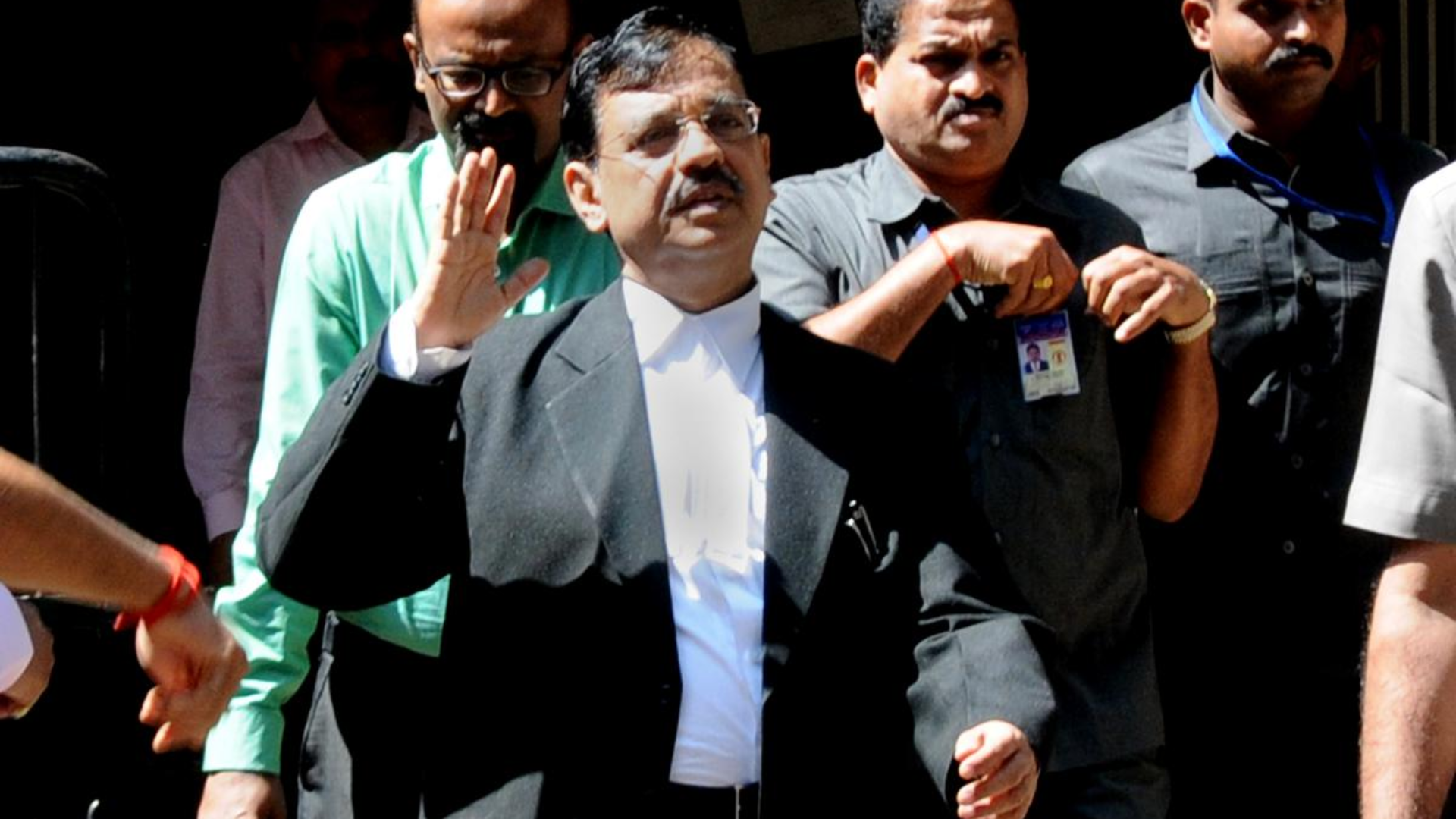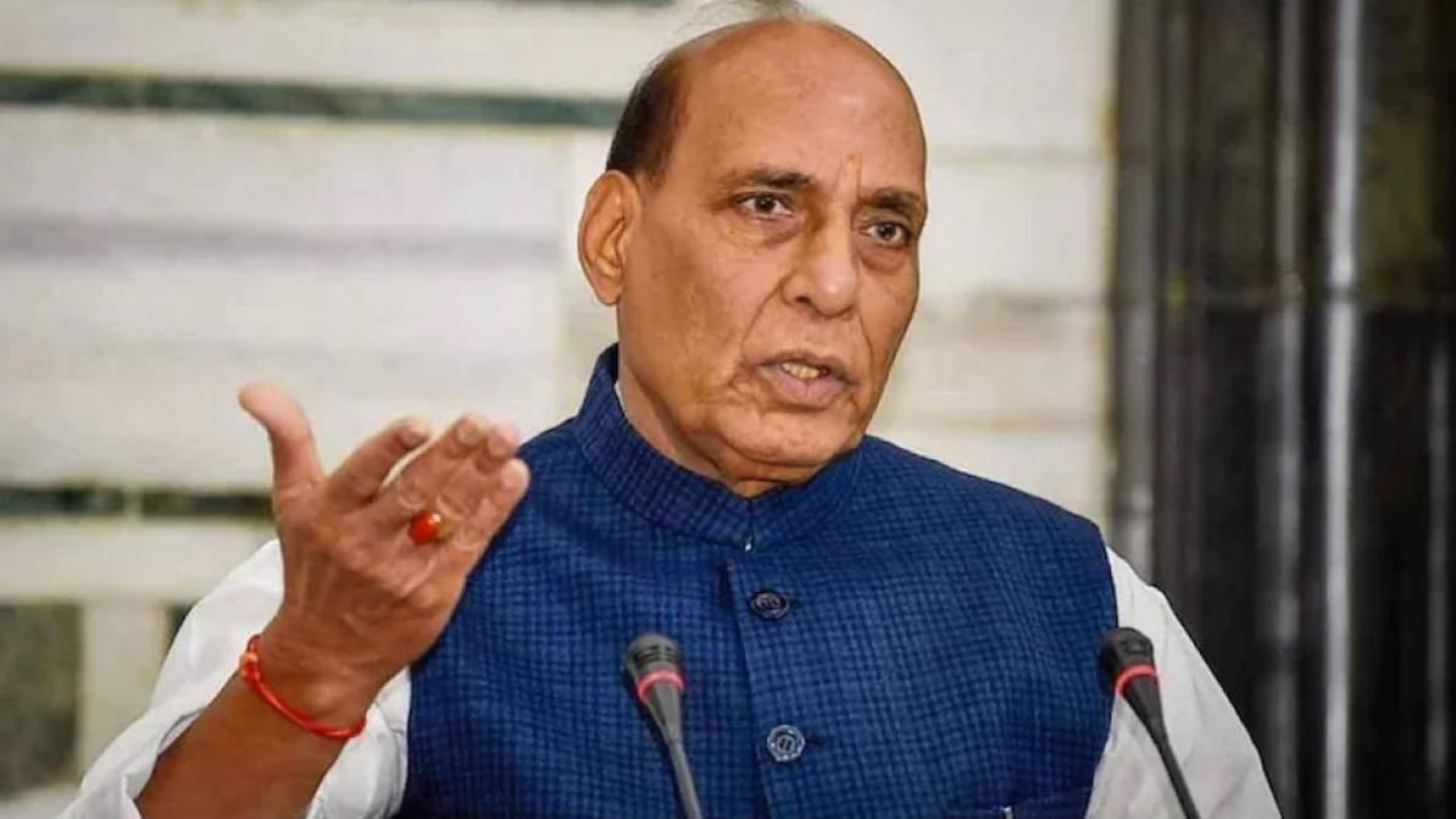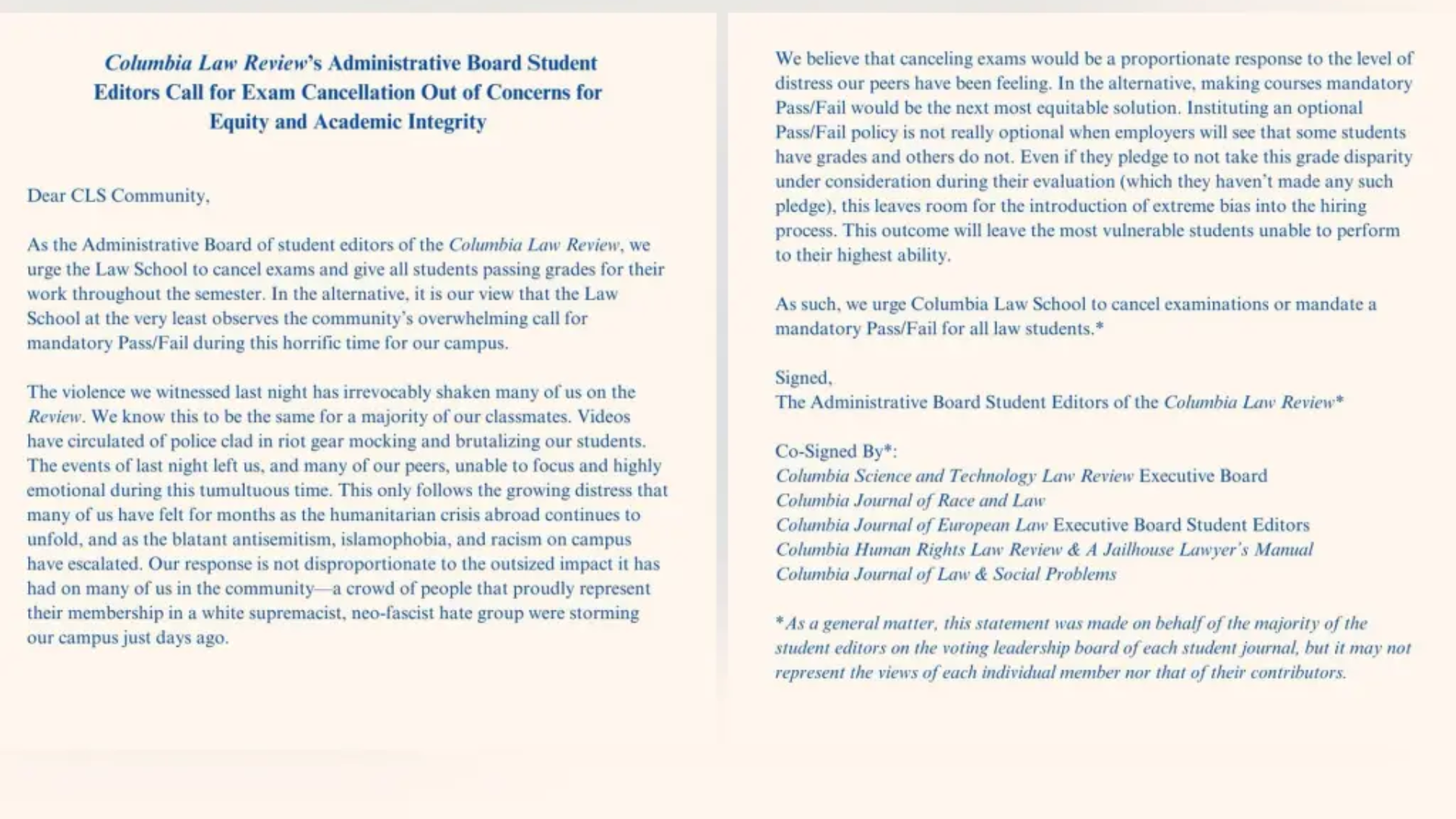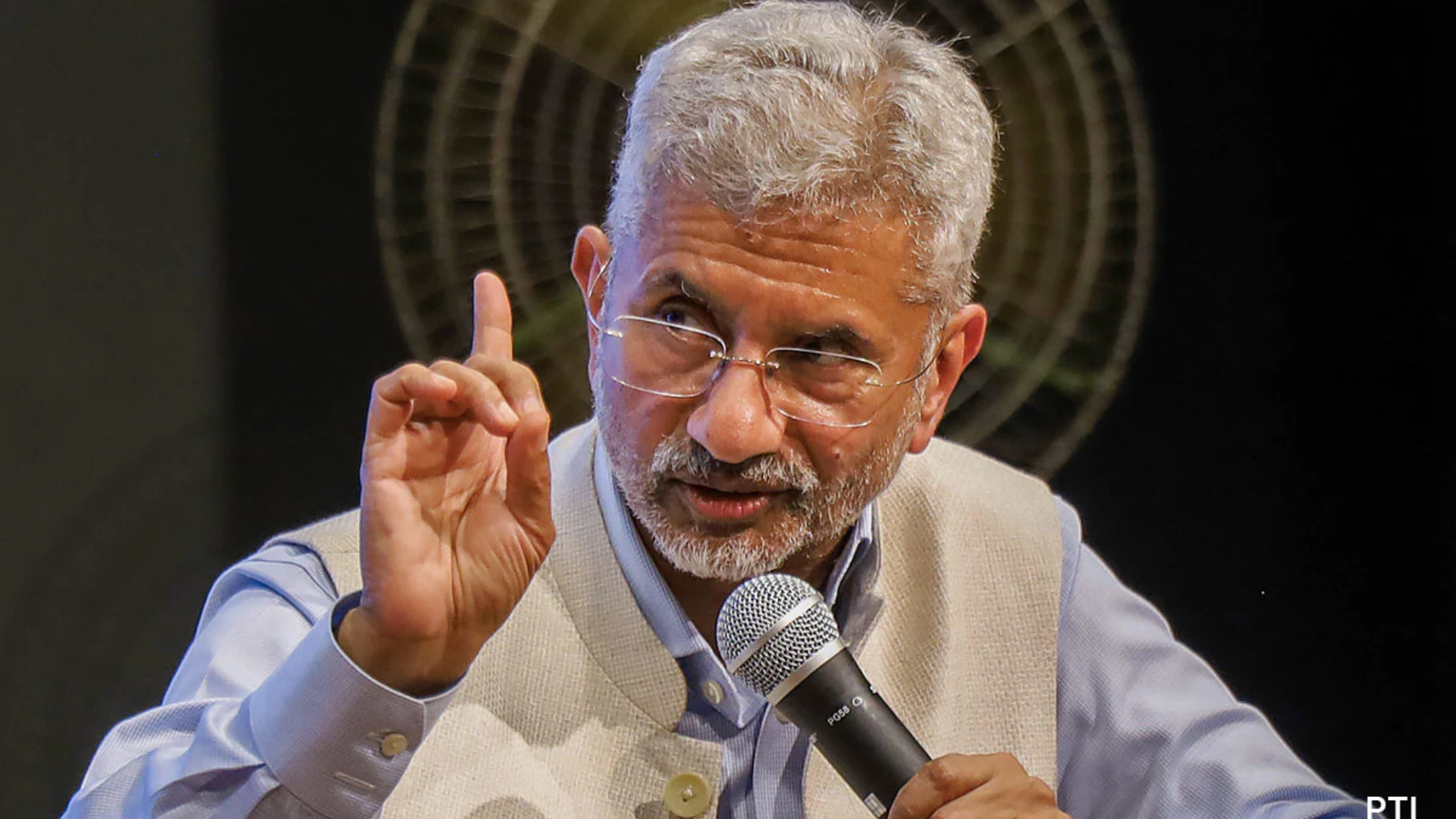


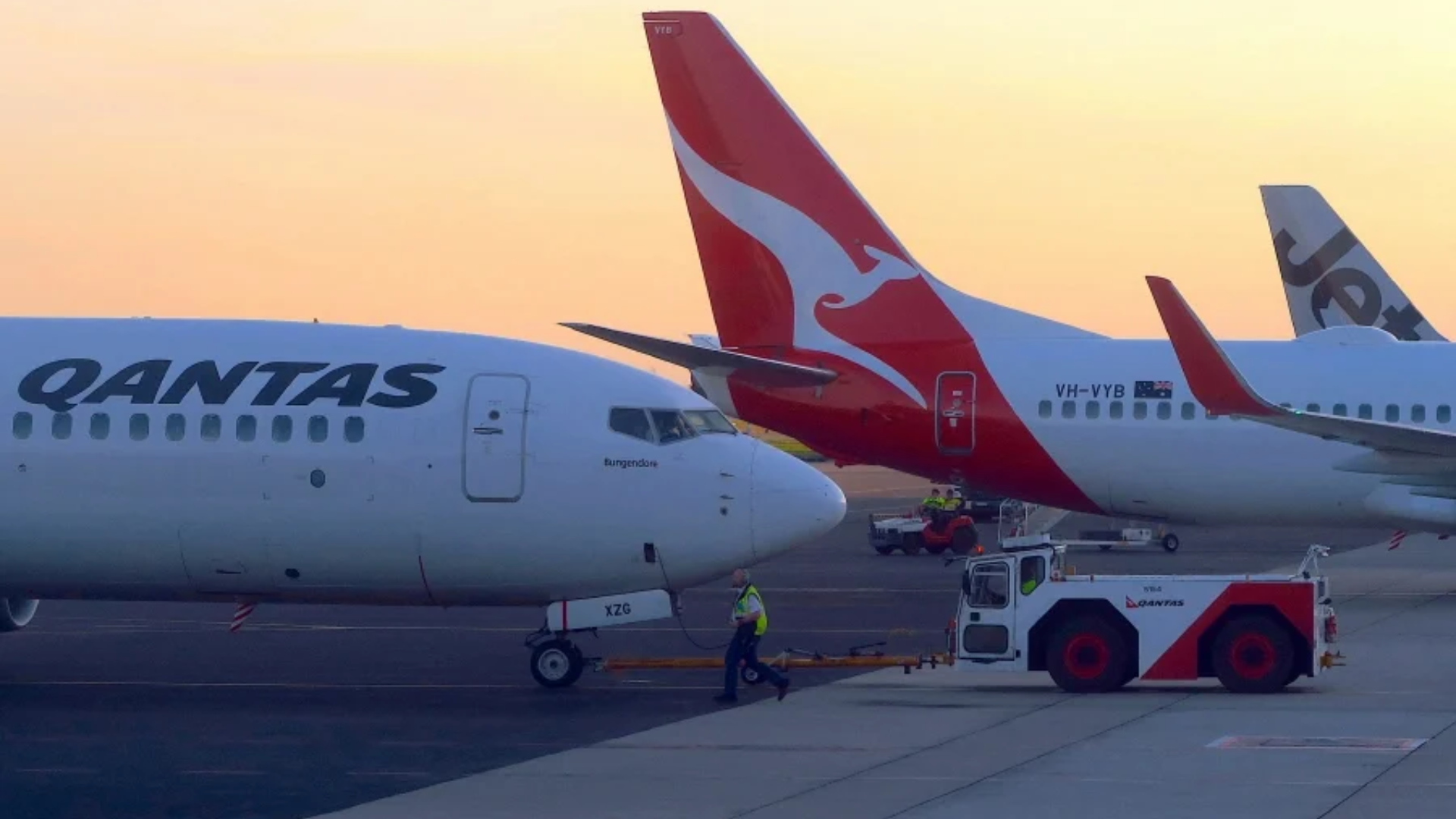
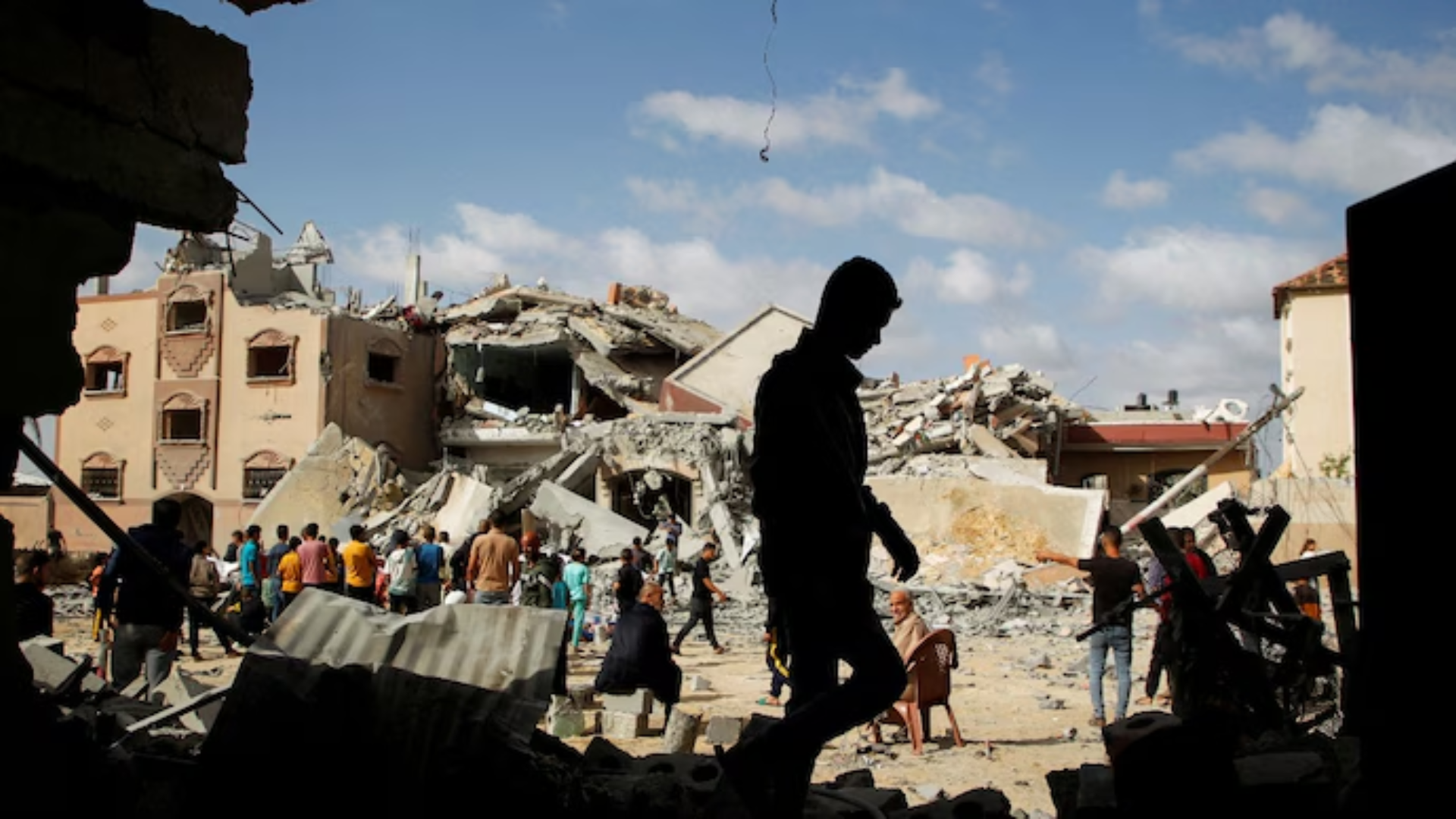

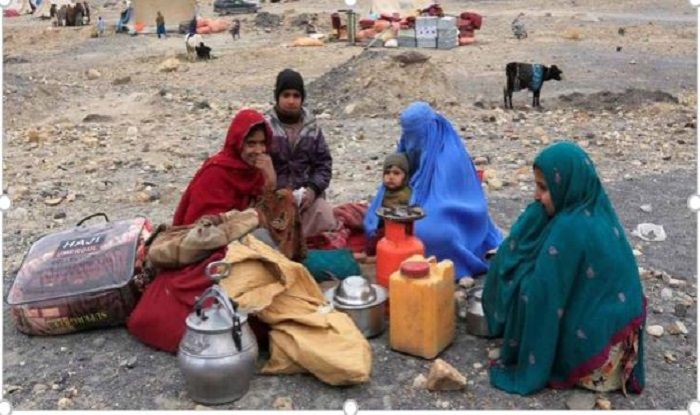



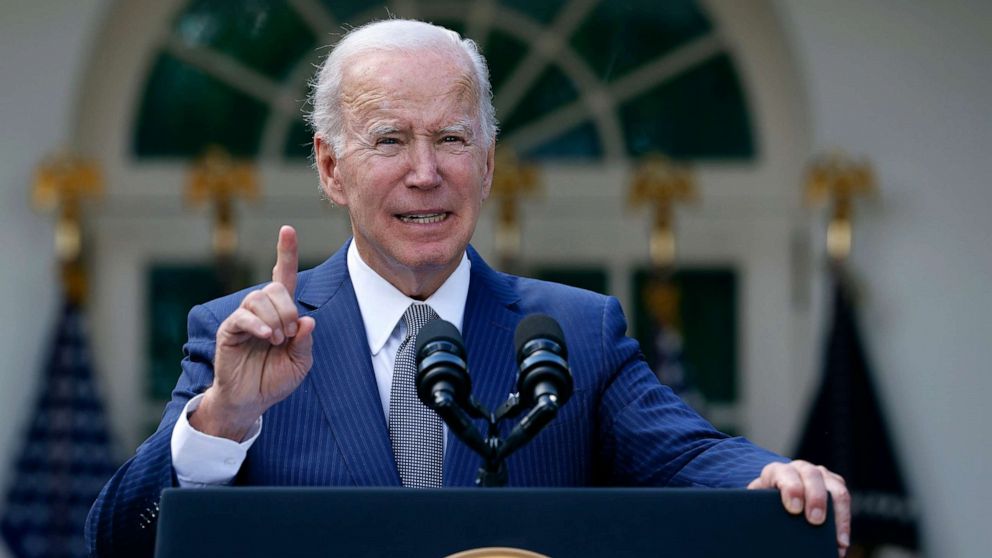
According to a White House memo, US President Joseph Biden has blamed Donald Trump’s government for the difficult US troop withdrawal from Afghanistan in the summer of 2021.
In a 12-page document, the Biden administration said, “President Biden’s choices for how to execute a withdrawal from Afghanistan were severely constrained by conditions created by his predecessor.” John Kirby, the National Security Council spokesman, said that Biden inherited a depleted operation in Afghanistan from Trump that crippled the US response.
“Transitions matter. That’s the first lesson learned here. And the incoming administration wasn’t afforded much of one,” Kirby told reporters. Biden was left with a stark choice: withdraw all US forces or resume fighting with the Taliban. “Clearly we didn’t get it right,” Kirby said, but he sidestepped questions about whether Biden has any regrets for his decisions and actions leading up to the withdrawal.
The document recalled Trump’s election in 2017. At the time, there were more than 10,000 troops in Afghanistan, but eighteen months later, after introducing more than 3,000 additional troops to simply maintain the stalemate, President Trump ordered direct talks with the Taliban without consulting with any of his allies or partners.
“In September 2019, President Trump emboldened the Taliban by publicly considering inviting them to Camp David on the anniversary of 9/11. In February 2020, the United States and the Taliban reached a deal, known as the Doha Agreement, under which the United States agreed to withdraw all U.S. forces from Afghanistan by May 2021. In return, theTaliban agreed to participate in a peace process and refrain from attacking US troops and threatening Afghanistan’s major cities–but only as long as the United States remained committed to withdrawing by the agreement’s deadline,” the statement read.
According to the statement, the former US President pressed the Afghan government to free 5,000 Taliban fighters, including key battlefield leaders, without obtaining the release of the lone American captive believed to be held by the Taliban.
According to the report, which was led by the National Security Council, the US strategy has been altered as a result of the Afghanistan experience to speed up evacuations should safety conditions deteriorate.
According to the official document, Trump authorised a series of force drawdowns in his final 11 months in office, reducing US soldiers in Afghanistan to 8,600 by June 2020 and 4,500 in September.
“On September 28, 2021, Chairman of the Joint Chiefs of Staff Milley testified that, on November 11, he had received an unclassified signed order directing the US military to withdraw all forces from Afghanistan no later than January 15, 2021,” the statement read.
However, a week later, that order was rescinded and replaced with one to draw down to 2,500 troops by the same date.
“During the transition from the Trump Administration to the Biden Administration, the 2 outgoing Administrations provided no plans for how to conduct the final withdrawal or to evacuate Americans and Afghan allies. Indeed, there were no such plans in place when President Biden came into office, even with the agreed-upon full withdrawal just over three months away,” the statement revealed.
“As a result, when President Biden took office on January 20, 2021, the Taliban were in the strongest military position that they had been in since 2001, controlling or contesting nearly half of the country,” the statement added.
Republicans in Congress have slammed the pullout from Afghanistan, citing the deaths of 13 service personnel in a suicide bombing at Kabul’s airport that also killed more than 100 Afghans.
On August 31, the United States completed its military departure from Afghanistan following a massive but disastrous airlift that claimed the lives of 13 American troops and left thousands of Afghans and hundreds of army personnel still scrambling to escape Taliban authority.



